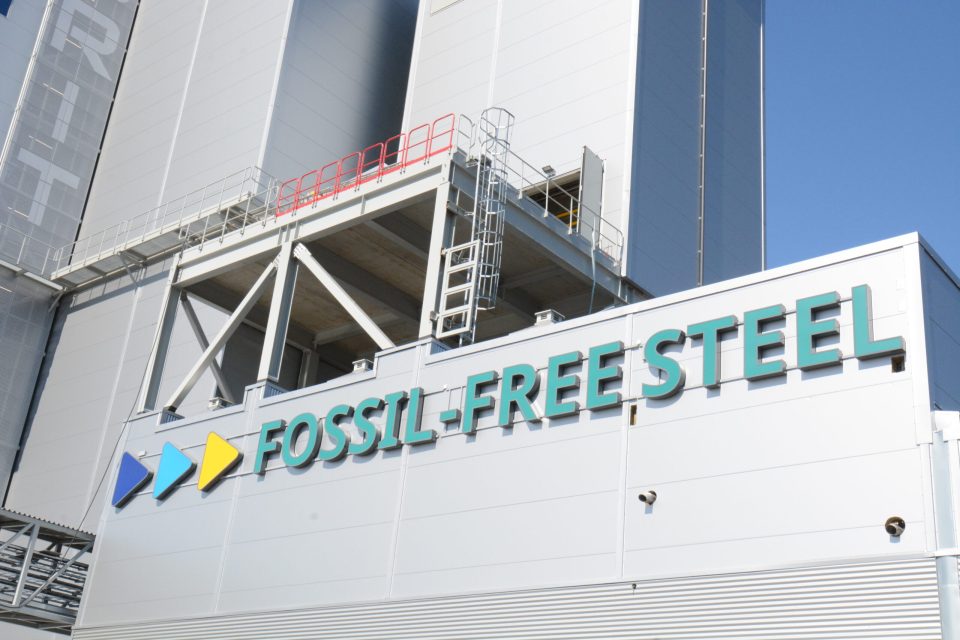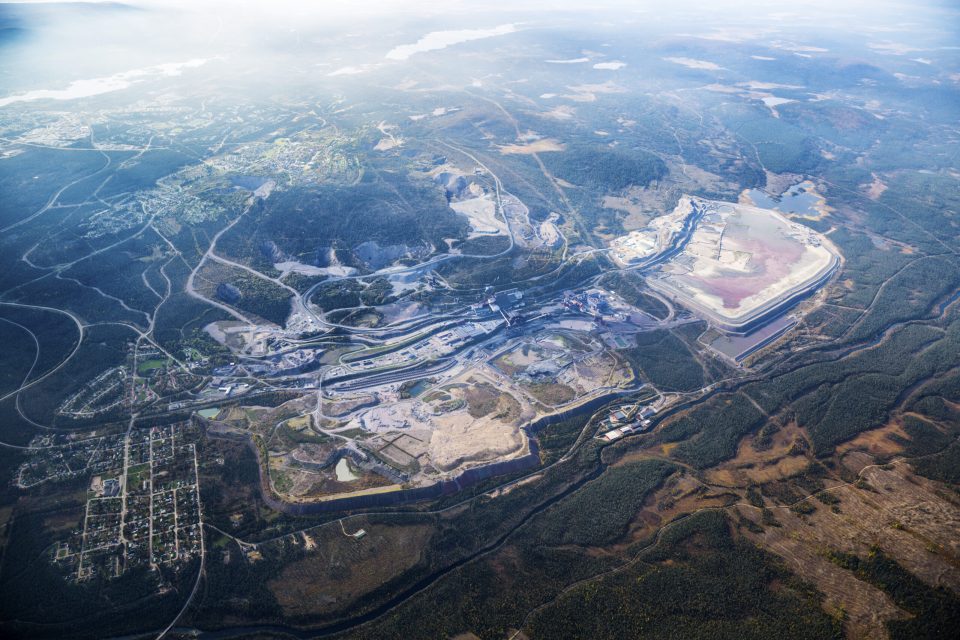Research and development focusing on the HYBRIT technology includes three main phases that overlap to some extent. The development work is run with the support of the Swedish Energy Agency and practical trials are currently being conducted on both the laboratory scale and in pilot plants that have been built or modified for the purpose. Moving directly from the laboratory scale to testing and production on an industrial scale would pose risks, both in terms of production engineering as well as economically. Thus, pilot-scale trials are an important step along the way. The third stage, the demonstration scale, aims to demonstrate that the technology is technically and economically feasible on an industrial scale. Int the demonstration phase, HYBRIT receives support from EU’s Innovationfund for HYBRIT Demonstration.

Some fields of research and development have led to the need for special facilities or modifications of existing plants to carry out experimental development on a pilot scale. This work is taking place in four different fields.
Fossil-free pellet production
Direct reduction with hydrogen
Hydrogen storage
Smelting of sponge iron

The ongoing experimental development of pilot scale direct reduction is giving many answers about direct reduction using hydrogen. However, the process and concept is both complex and comprehensive, so in order to resemble the industrial process as far as possible and, among other things, to determine the choice of technology, it is important to conduct a so-called demonstration. The demonstration scale will provide a technically proven, commercially viable and optimized solution at full industrial scale.
